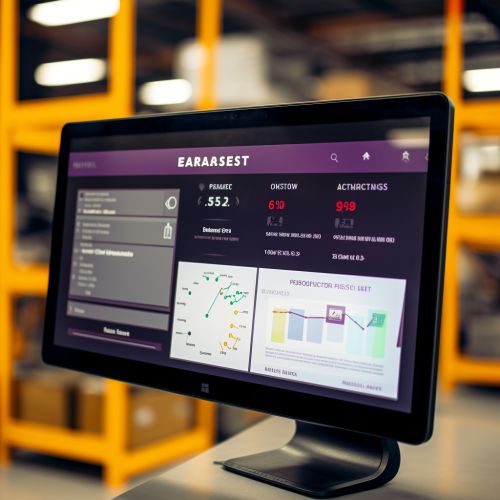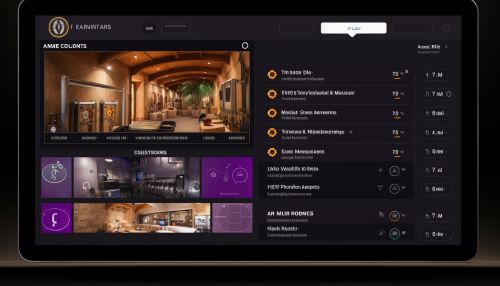Enterprise Asset Management
Overview
Enterprise Asset Management (EAM) is a process that enables businesses to manage their physical and digital assets effectively. This process is essential for companies that rely heavily on expensive, long-lived physical assets like plants, facilities, and heavy equipment. EAM involves the management, control, and procurement of the physical assets of an organization throughout their lifecycle. It is an integrated approach that aims to optimize these processes for the benefit of the organization.


History
The concept of EAM emerged in the late 20th century as businesses began to realize the importance of an integrated approach to managing their assets. The advent of computer technology and software solutions played a significant role in the development of EAM. The first EAM systems were simple computerized maintenance management systems (CMMS) that automated routine maintenance tasks. Over time, these systems evolved into more sophisticated solutions that encompassed all aspects of asset management.
Components of EAM
EAM consists of several key components, each of which plays a crucial role in the overall management of an organization's assets. These components include:
Asset Lifecycle Management
This involves managing the entire lifecycle of an organization's assets, from procurement and commissioning to operation, maintenance, and disposal.
Maintenance Management
This is the process of maintaining an organization's physical assets in optimal condition. It includes preventive maintenance, predictive maintenance, and corrective maintenance.
Work Order Management
This involves managing work orders for maintenance tasks. It includes creating, scheduling, executing, and closing work orders.
Inventory Management
This is the process of managing the inventory of spare parts and other materials required for maintenance tasks.
Procurement Management
This involves managing the procurement of new assets and spare parts.
Benefits of EAM
EAM provides several benefits to organizations, including:
Improved Asset Utilization
By providing a comprehensive view of an organization's assets, EAM helps to improve asset utilization. This can lead to significant cost savings.
Reduced Maintenance Costs
EAM can help to reduce maintenance costs by enabling preventive and predictive maintenance.
Increased Operational Efficiency
By streamlining and automating asset management processes, EAM can help to increase operational efficiency.
Enhanced Compliance
EAM can help organizations to comply with regulatory requirements related to asset management.
EAM Software
EAM software is a type of enterprise resource planning (ERP) software that is specifically designed to manage the assets of an organization. It provides a centralized platform for managing all aspects of an organization's assets, including asset lifecycle management, maintenance management, work order management, inventory management, and procurement management. EAM software can be used by organizations of all sizes and across various industries, including manufacturing, utilities, healthcare, transportation, and government.
Future Trends
The future of EAM is likely to be shaped by several key trends, including the increasing use of Internet of Things (IoT) technology, the rise of predictive maintenance, and the growing importance of sustainability. These trends are expected to drive further innovation in the field of EAM, leading to the development of more sophisticated and effective asset management solutions.
